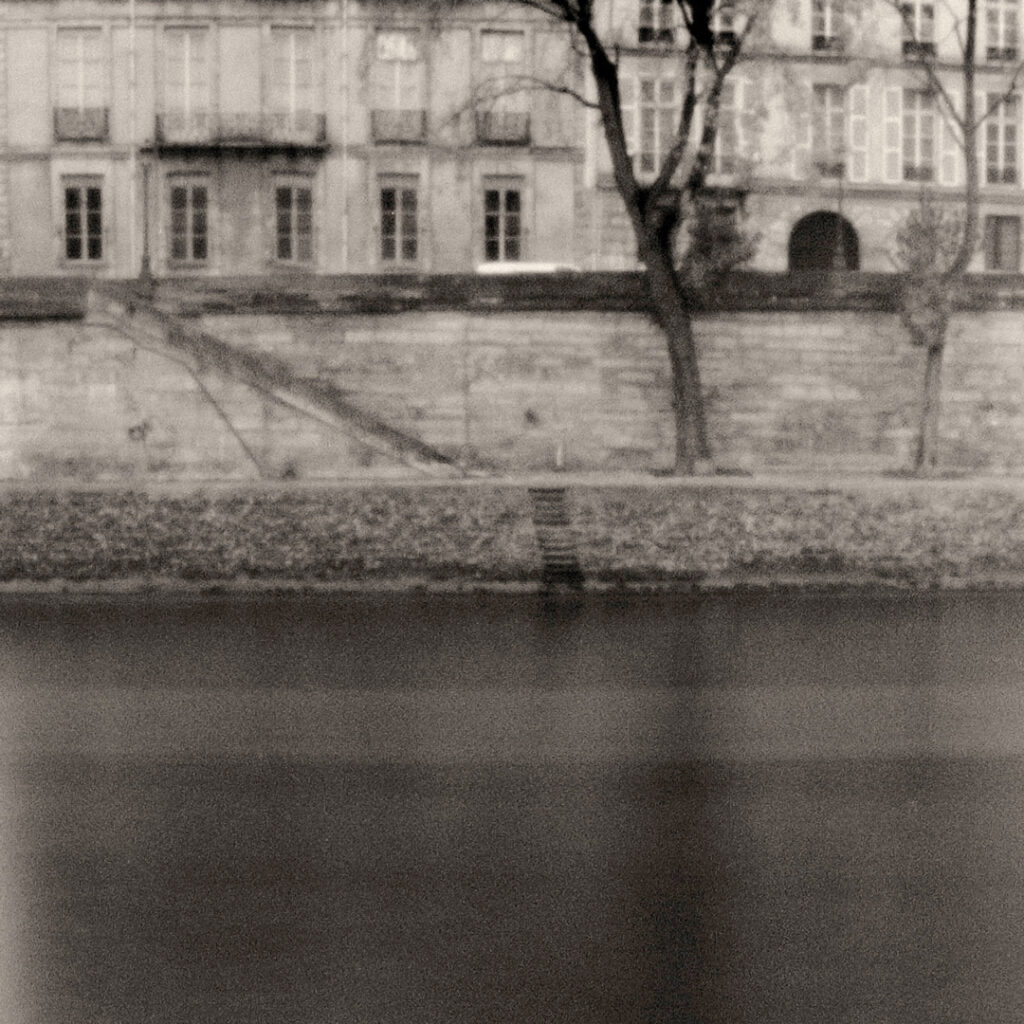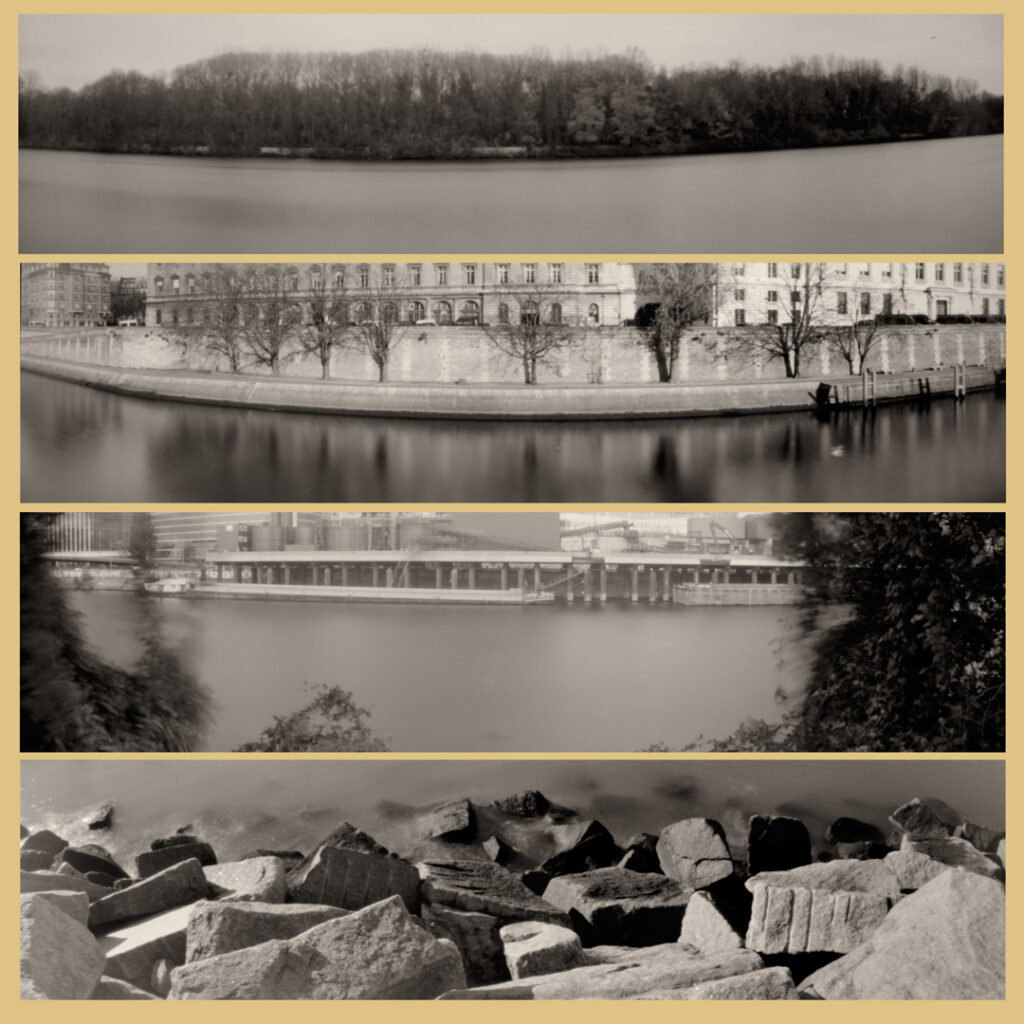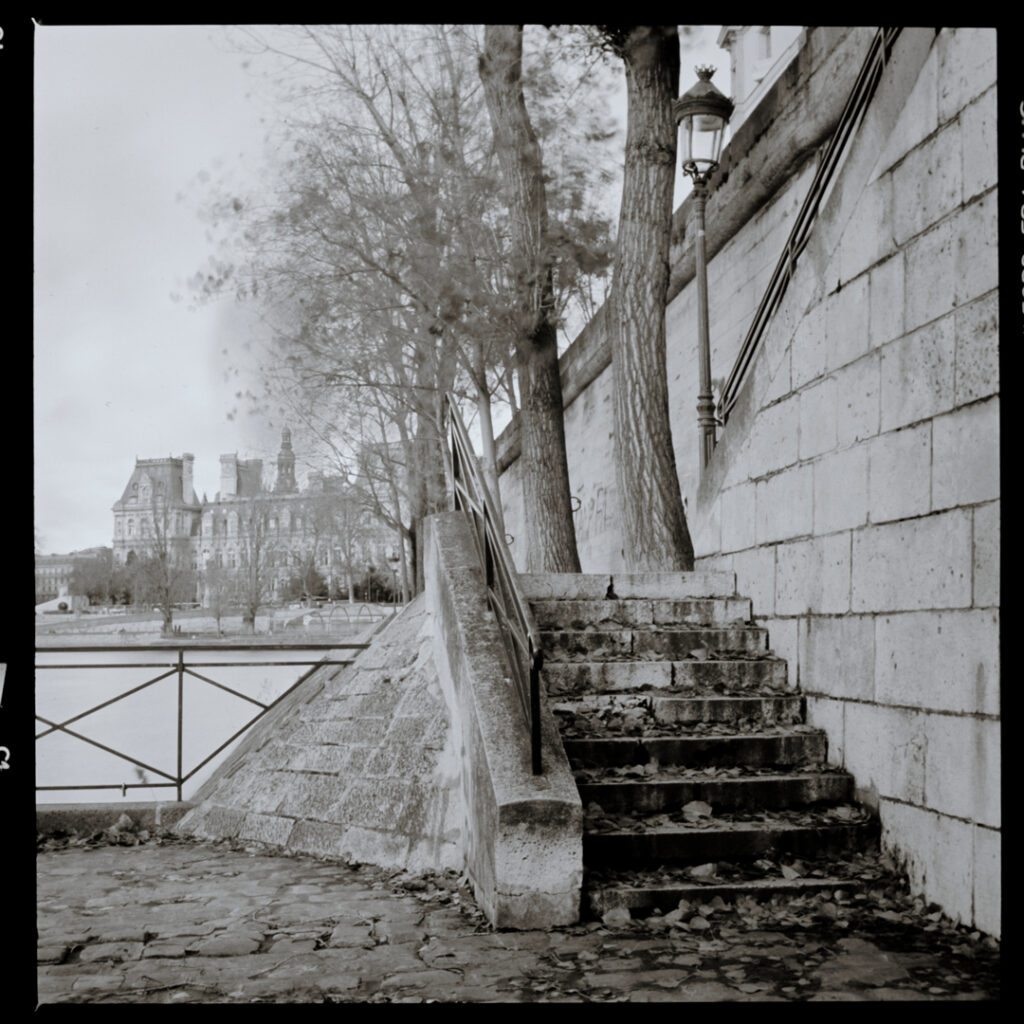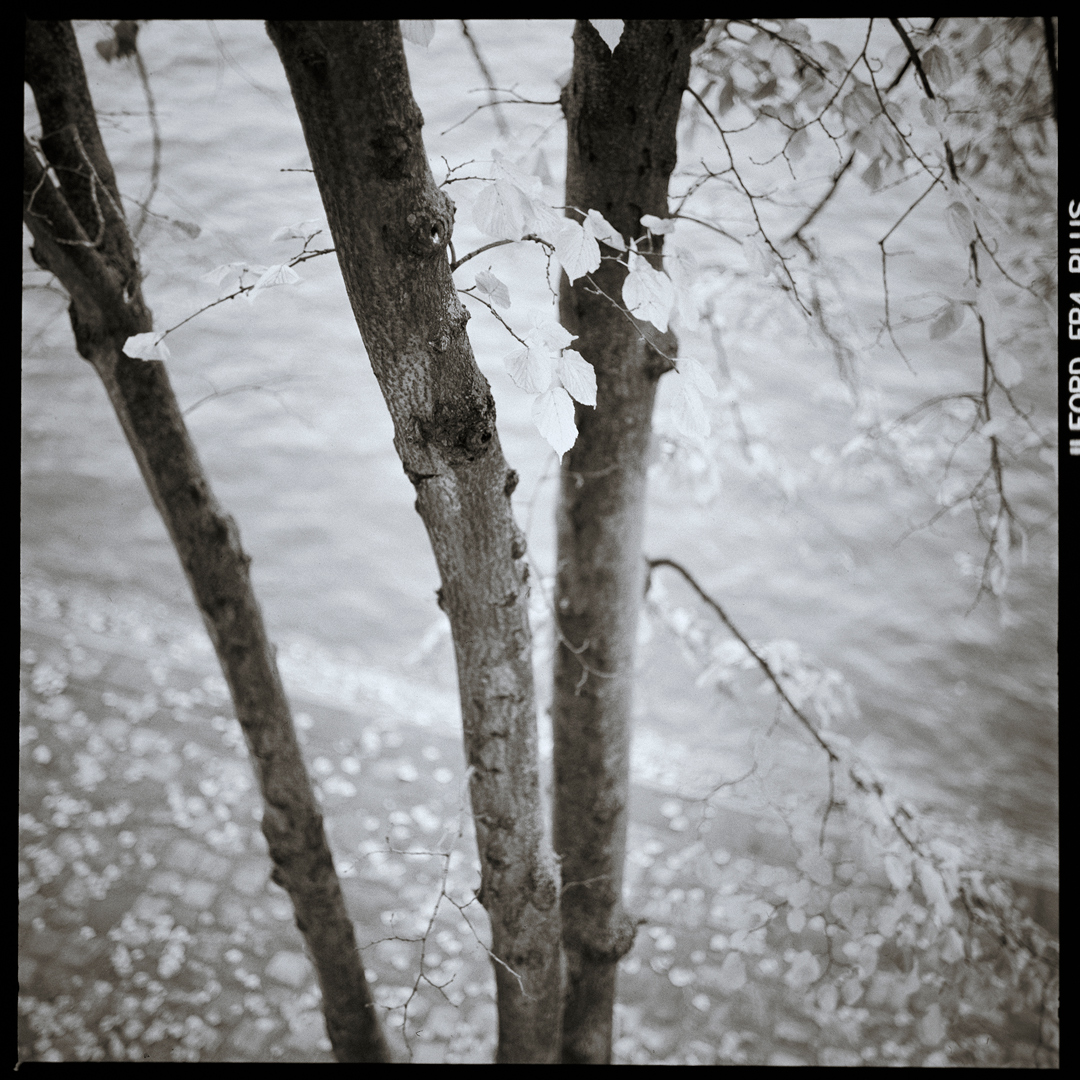Terra Nullius
Phillip England
Opening Event
Friday 3 February 2023
5:30pm 7:30pm
A whimsical, analogue, photographic reciprocation, along the river Seine, of the 1801 French voyage of exploration to Terra Australis and Van Diemens land led by Nicolas Baudin.
By SAC Resident Artist Phillip England.
“The French voyage of discovery, led by Nicolas Baudin to Australia, including van Diemens Land in 1801 produced some iconic artwork depicting the marine and terrestrial flora and fauna they saw, the coastlines they mapped and the First Nations people they met. The voyage departed from Le Havre, the mouth of the Seine River which flows through Paris. My 2021 UTAS Rosamund McCulloch studio residency at la Cité internationale des arts in Paris became an artistic reciprocation of this voyage; an antipodean search for signs of life on the Seine river and documentation of my exploration of the river as it moves through Paris and where it meets the sea at La Havre.
I used monochrome, medium format film, exposed in a lensless panoramic pinhole camera, at sites along the Seine in Paris and at its mouth at Le Havre to evoke the water colour panoramas of Australian coastlines produced by the Baudin voyage artists Lesueur and Petit. The long exposure times required in pinhole photography remove human figures from the landscape, evoking the legal travesty, Terra Nullius, which drove European occupation of Australia, an already occupied land.
While in Paris, during a one week residency in the Ithaque gallery/darkroom, I made silver-gelatin photographic prints from a selection of these pinhole panoramas.
I also used instant film photography (Polaroid) to produce a series of triptychs at locations along the Seine River and I employed bleach reversal chemistry on medium format film photographs to produce monochrome, medium format positive slides, which are exhibited individually in light boxes.
The works in Terra Nullius reflect two predominant themes in my practice: 1) how the materiality of analogue and antique-process photography alters the psychology of space in imagery and 2) finding constructive emotional responses to humanity’s loss of close connection to the natural world.”
– Phillip England






